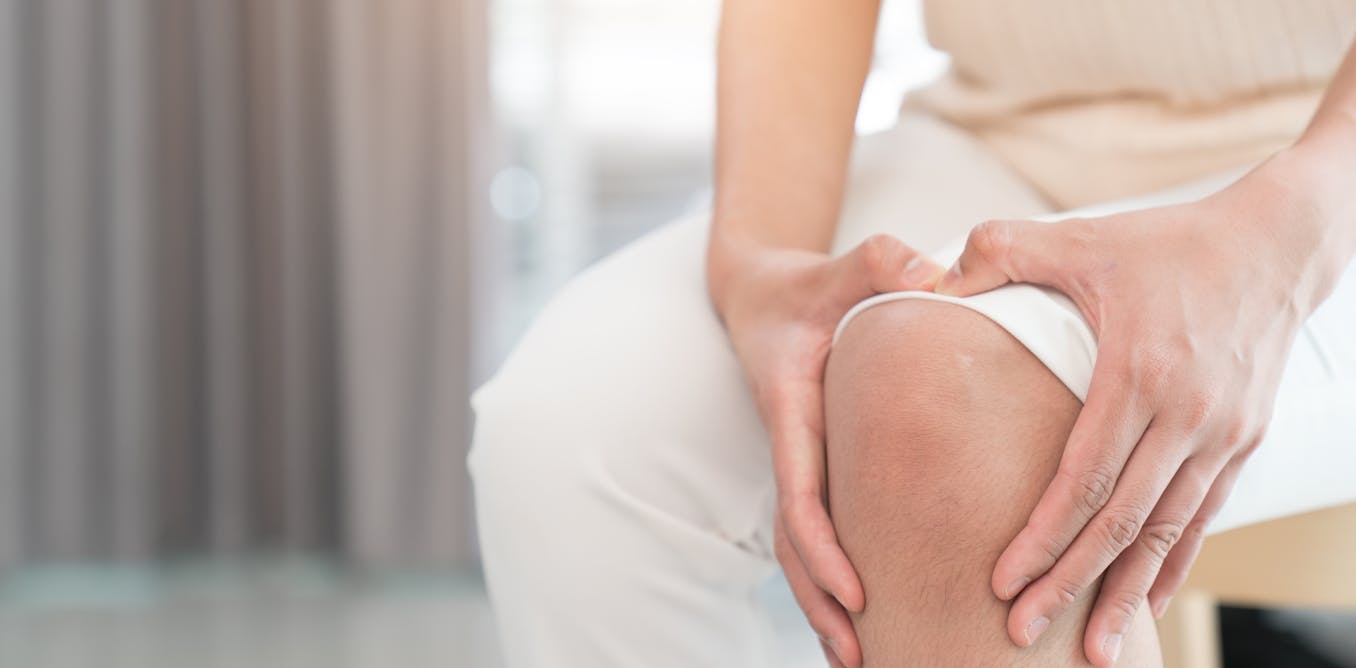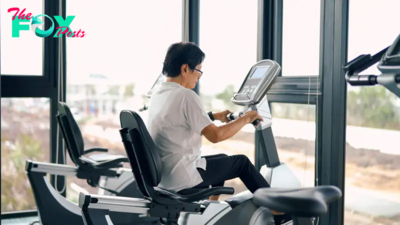Health
What Happens to Your Body If You Don’t Stretch
Be honest: do you stretch before and after your workouts? If you don’t, you actually might be onto something. Most physically active adults with reasonable fitness goals may not need to stretch at all.
Here’s what every busy person should know about stretching—and how little you can get away with doing.
What is stretching, anyway?
There are two main types of stretching: static and dynamic. Static is when you hold a stretch for at least 10 to 30 seconds. Reach toward your toes for half a minute, and you're doing a static stretch. “That’s the stuff you can do at home when you’re on your own in the evening to maintain flexibility,” says Kieran O’Sullivan, a lecturer who studies musculoskeletal pain and injury at the University of Limerick in Ireland.
The second type is dynamic stretching. This is a faster, “bouncy” type of stretch repeated multiple times. This type of stretching is common among athletes preparing for a Game or a race because it helps warm up the muscles more than static stretching does, O’Sullivan says. A dynamic stretch is never held; the person stretching is always in motion. (Imagine swinging your leg up in front of you, then touching your toe with your opposite hand and repeating.) It's a great way to get warm, which helps bring oxygen to the muscles, activating them so they’re ready to work.
Why do people stretch?
There's a scientific reason. During a stretch, you temporarily reduce the amount of blood flowing to your muscles, explains Judy Delp, a professor of biomedical Sciences at the Florida State University College of Medicine. “That’s actually a good signal for the muscle and for the blood vessels to stimulate changes in metabolism in the muscle,” she says, and stretching triggers the growth of capillaries that deliver blood, oxygen, and nutrients to your muscles to help them function more efficiently.
Read More: Why Walking Isn’t Enough When It Comes to Exercise
But mostly, we stretch because it feels good, says Nicolas Babault, a professor who studies the physiology of exercise at the University of Burgundy in France. “Sometimes that’s the reason why people do some stretching at the end of a very exhausting training session," he says. "After that, they feel better.” However, stretching either before or after your workout does little to impact muscle soreness over the next few days, according to a Cochrane review of 12 randomized controlled trials.
The limitations of stretching
As you stretch, it might seem like your muscles are getting longer over the course of a few minutes, but that’s not really the case. While long-term regular stretching could have this effect, O’Sullivan says that if you can’t touch your toes when you start stretching but you can after two minutes, what’s really happening is that your muscles become more tolerant of stretching. “Your body relaxes and lets you go a little further,” he says. After you’re done, your muscles pretty much go back to normal.
For athletes whose Sports require major flexibility—such as dancing, gymnastics, and ice skating—regular stretching over months and years can elongate muscles and greatly increase range of motion. But some casual stretching before or after a workout probably isn’t going to make you any more flexible than the workout itself does.
What happens if you never stretch?
If you’re completely sedentary—forgoing both stretching and physical activity—your muscles won’t be able to use oxygen as effectively, meaning you’ll lose strength and endurance, says Delp. You’ll also start to lose range of motion over time. Stretching is a good way for people who have become inactive to start working their muscles and rebuilding the blood vessels they need to deliver nutrients that can help them get moving again, she says.
However, “if you walk regularly and you’re taking your joints through that range of motion, you are [stretching] without realizing it,” Delp says. “With every phase of your gait, you are actually lengthening different muscles, and you are actually stretching muscles.”
Read More: Your Brain Doesn’t Want You to Exercise
You can also get some stretching in by doing muscle-strengthening sessions. "Strength training done well will also increase your flexibility,” O’Sullivan says. To get the greatest flexibility gains from weightlifting, make sure you’re working through your full range of motion. That means if you’re doing a bicep curl, once you reach the top and your hand is near your shoulder, you should slowly let the weight back down rather than immediately dropping and releasing the weight.
Stretching has its benefits and can have a place in your exercise routine, but it’s not the most important piece of the fitness puzzle.
“Most people I know say, ‘I have about 45 minutes about four to five times a week,’ or some variation of that,” O’Sullivan says. “And in that period of time, the value of stretching relative to other workouts becomes much less.”
-

 Health2d ago
Health2d agoDoctor’s bills often come with sticker shock for patients − but health insurance could be reinvented to provide costs upfront
-

 Health2d ago
Health2d agoHow Colorado is trying to make the High Line Canal a place for everyone — not just the wealthy
-

 Health3d ago
Health3d agoCOVID-19’s Surprising Effect on Cancer
-

 Health3d ago
Health3d agoColorado’s pioneering psychedelic program gets final tweaks as state plans to launch next year
-

 Health4d ago
Health4d agoWhat to Know About How Lupus Affects Weight
-

 Health1w ago
Health1w agoPeople Aren’t Sure About Having Kids. She Helps Them Decide
-

 Health1w ago
Health1w agoFYI: People Don’t Like When You Abbreviate Texts
-

 Health1w ago
Health1w agoKnee problems tend to flare up as you age – an orthopedic specialist explains available treatment options



























